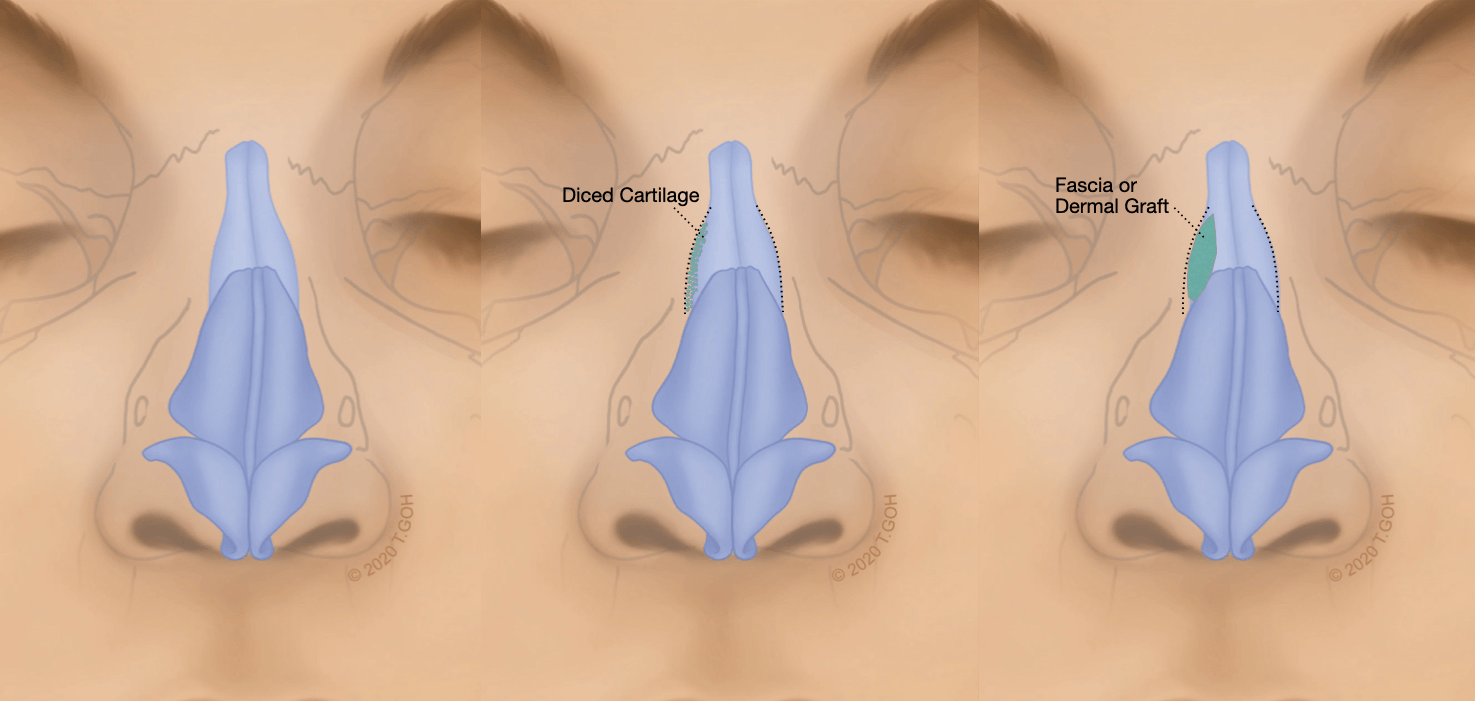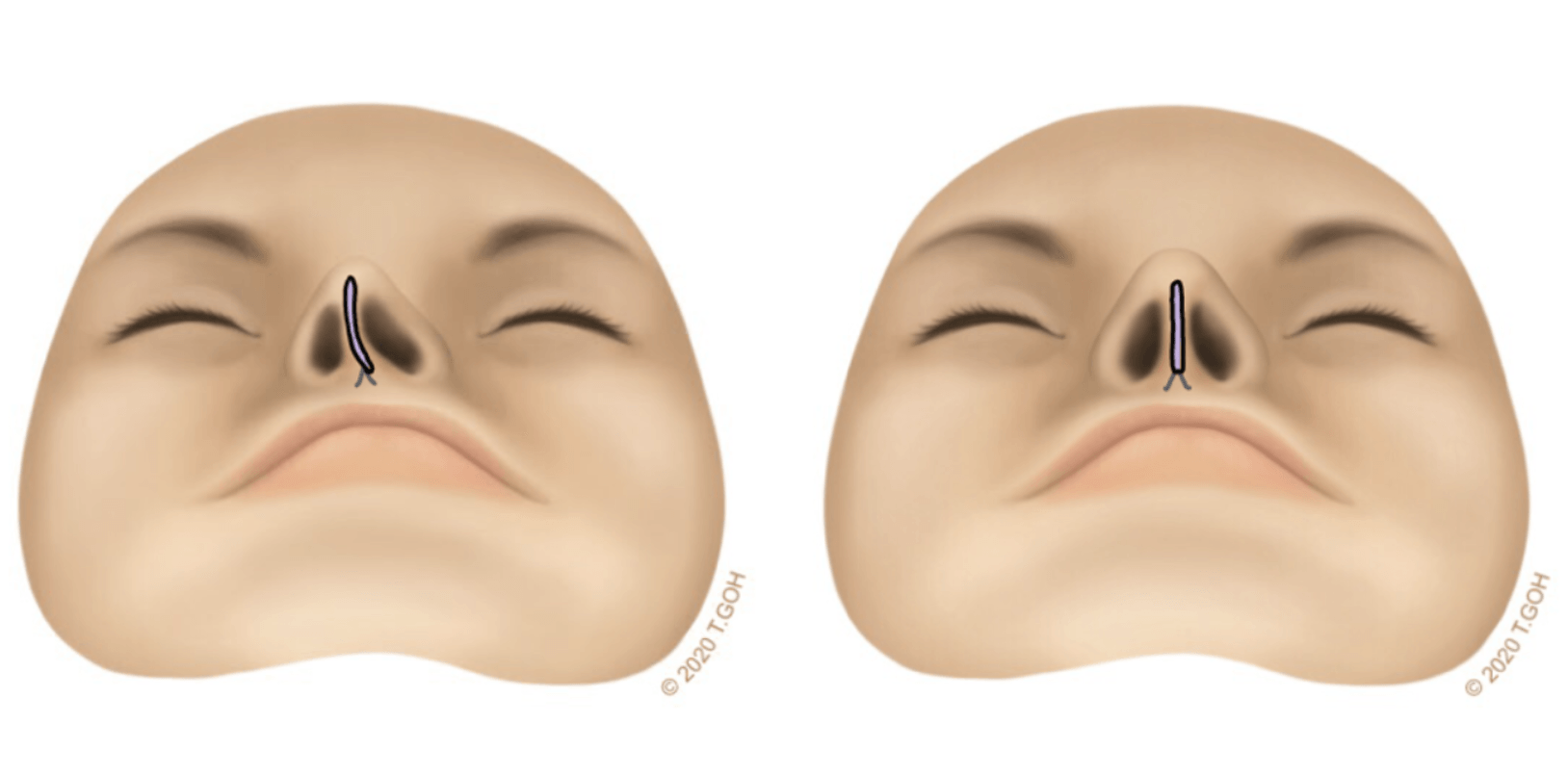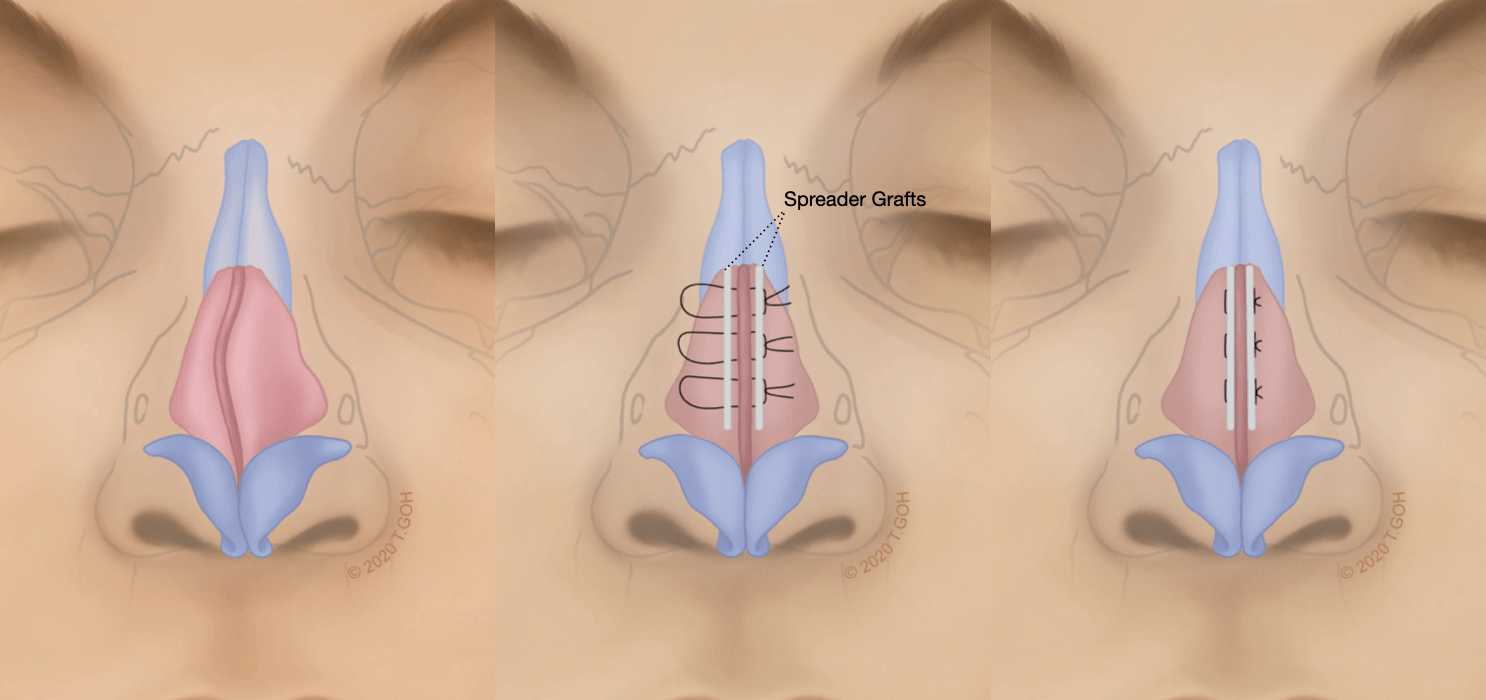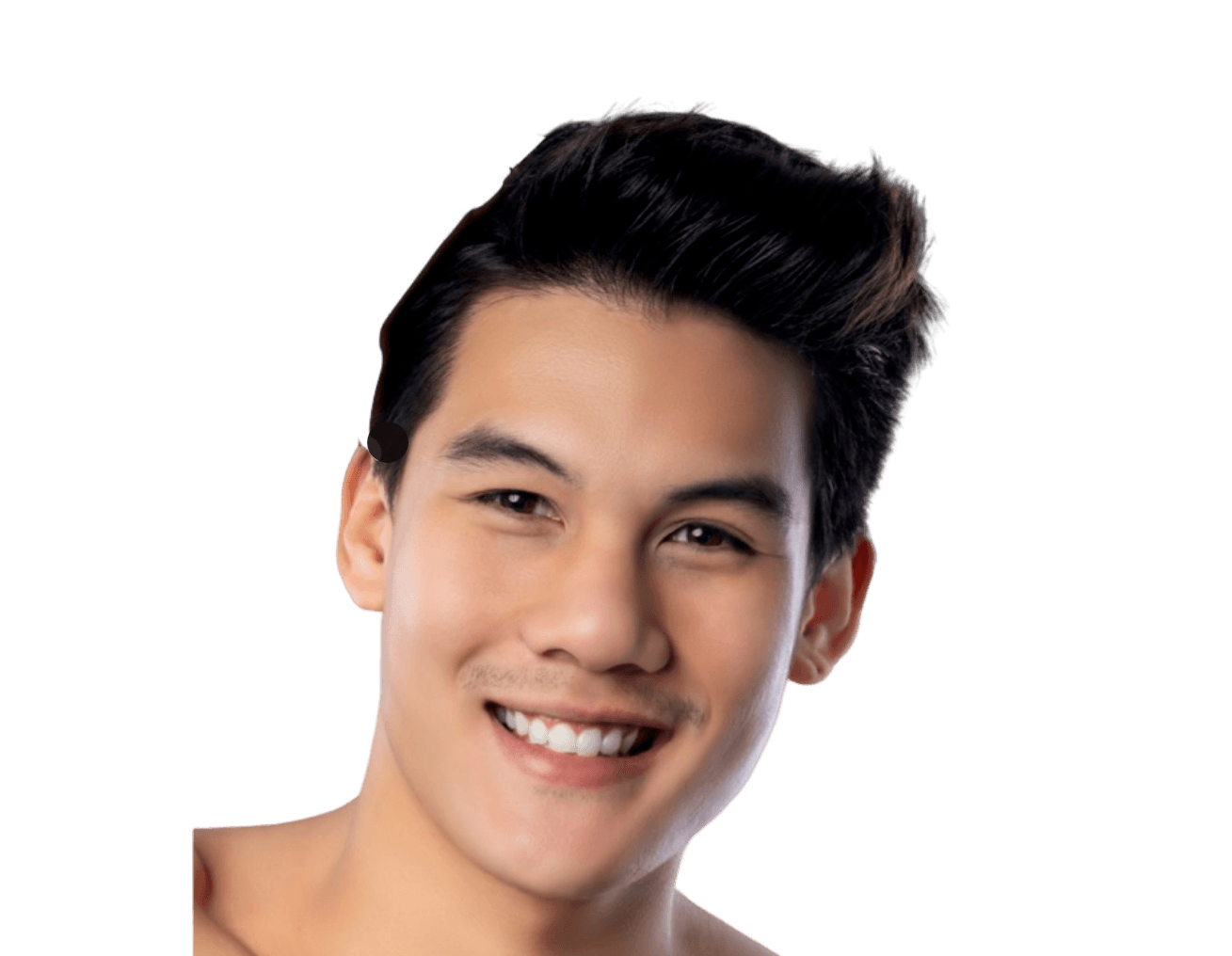BOOK A CONSULT TODAY
+65 67788-648
ROYAL SQUARE MEDICAL CENTRE
101, IRRAWADDY ROAD #14-09
AZATACA PLASTIC SURGERY CENTRE (ORCHARD)
MOUNT ELIZABETH HOSPITAL
3, MOUNT ELIZABETH ROAD #15-11
Follow us
Deviated Nose Correction
refining the aesthetics and
improving nose function
Septoplasty/ Functional Rhinoplasty
Treating both aesthetic and function of the nose is equally important.
Simply treating function with removal of the curved septum might result in a straighter septum and remove congestion. However, the inner nose structure may be weakened and the nose may flatten and collapse, especially if implants are put on and the structure is unable to support it.
Only treating the aesthetic aspect of the nose does not solve any congestion issues. The implant might deviate or recurrence can occur if the septum is not corrected.
It is important to consider both functional and aesthetic aspects to get a good outcome.
What Structures Can Lead To Nasal Deviation?
Nasal Bone
We have a pair of nasal bones that form the bony vault (upper half of the nose)
Structural irregularities of the nasal bones due to both (congenital) or trauma (fractures) can lead to deviation of the nose. The correction of this would either require a camouflage procedure or an osteotomy to correct the alignment of the bones.
Nose Cartilage
The lower half of the nose is formed by the Upper Lateral Cartilages and the Lower Lateral Cartilages (nose tip).
Structural irregularities and mis-shapened cartilage can lead to a deviation of the nasal tip
Septum
The nasal septum is a structure that divides the nose and nostrils into two halves. It comprises of cartilage (front half) and bone (posterior half),





